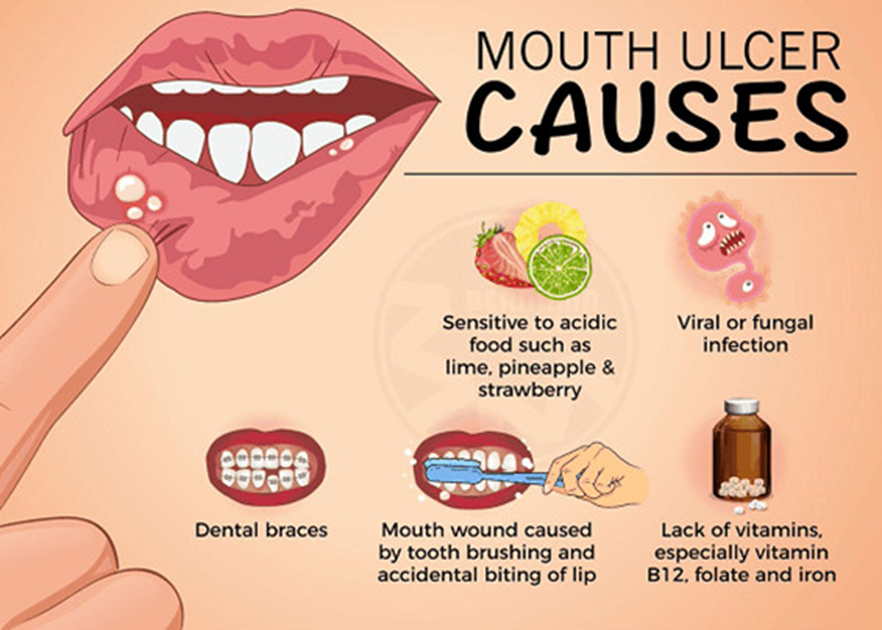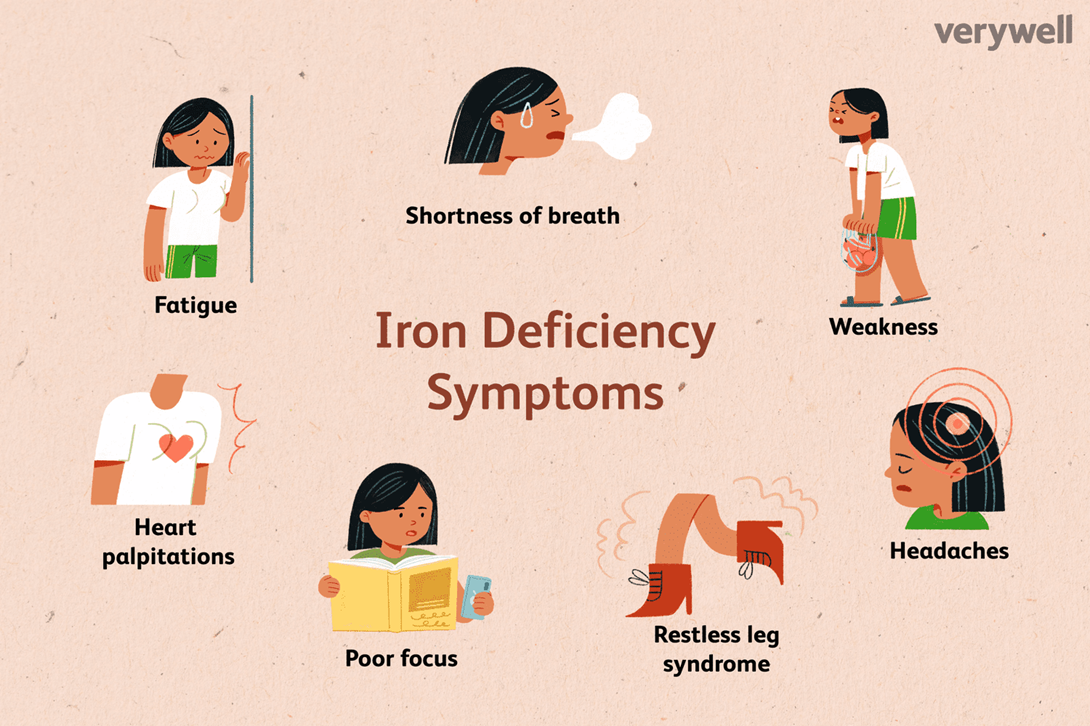The nurse is administering sucralfate to a client with stomatitis secondary to chemotherapy. The client wants to take the medication after breakfast. How should the nurse respond?
Document the client’s refusal of the medication at this time.
Explain the need to take the medication at least 1 hour before meals.
Allow the client to take the medication up to 1 hour after breakfast.
Instruct the client to take it when the meal tray is delivered.
The Correct Answer is B
Choice A reason:
Documenting the client’s refusal of the medication at this time is not the best response. While it is important to document any refusal of medication, the nurse should first educate the client on the proper administration of sucralfate. Sucralfate works by forming a protective barrier over ulcers, and it is most effective when taken on an empty stomach, at least 1 hour before meals.
Choice B reason:
Explaining the need to take the medication at least 1 hour before meals is the correct response. Sucralfate should be taken on an empty stomach to ensure it can effectively coat the stomach lining and protect it from acid. Taking it before meals maximizes its efficacy in treating and preventing ulcers.

Choice C reason:
Allowing the client to take the medication up to 1 hour after breakfast is not appropriate. Sucralfate needs to be taken on an empty stomach to form a protective barrier over the ulcer. Taking it after a meal would reduce its effectiveness, as the presence of food can interfere with its action.
Choice D reason:
Instructing the client to take it when the meal tray is delivered is incorrect. Sucralfate should be taken on an empty stomach, at least 1 hour before meals, to ensure it can properly coat the stomach lining and provide the necessary protection against stomach acid
Nursing Test Bank
Naxlex Comprehensive Predictor Exams
Related Questions
Correct Answer is A
Explanation
Choice A reason: Denying having coughing spells indicates that the antitussive medication benzonatate is effective. Benzonatate works by numbing the throat and lungs, reducing the cough reflex. This means that if the client is no longer experiencing coughing spells, the medication is performing its intended function.
Choice B reason: Being able to sleep through the night can be an indirect indicator of the medication’s effectiveness, but it is not as specific as denying coughing spells. While improved sleep might result from reduced coughing, it could also be influenced by other factors such as overall improvement in the client’s condition or the use of other medications.
Choice C reason: Expectorating bronchial secretions is not a direct indicator of the effectiveness of benzonatate. Benzonatate is an antitussive, meaning it suppresses the cough reflex rather than promoting the expulsion of mucus. Therefore, expectorating bronchial secretions would not be a primary measure of this medication’s effectiveness.
Choice D reason: Reporting reduced nasal discharge is also not a direct indicator of the effectiveness of benzonatate. This medication specifically targets the cough reflex and does not have a significant impact on nasal discharge. Reduced nasal discharge could be due to other factors or treatments.
Correct Answer is A
Explanation
Choice A Reason:
Use a straw to ingest: Ferrous sulfate elixir can cause staining of the teeth. Using a straw helps to minimize contact with the teeth, thereby reducing the risk of staining. This method ensures that the medication is ingested directly into the throat, bypassing the teeth.

Choice B Reason:
Swallow undiluted: Swallowing ferrous sulfate elixir undiluted is not recommended because it can cause gastrointestinal irritation. Diluting the elixir in water or juice can help to minimize this irritation and improve absorption.
Choice C Reason:
Mix with an antacid: Mixing ferrous sulfate with an antacid is not advisable because antacids can interfere with the absorption of iron. Iron is best absorbed in an acidic environment, and antacids neutralize stomach acid, thereby reducing iron absorption.
Choice D Reason:
Take with a glass of milk: Taking ferrous sulfate with milk is not recommended because calcium in milk can inhibit the absorption of iron. It is best to take iron supplements on an empty stomach or with a source of vitamin C, such as orange juice, to enhance absorption
Whether you are a student looking to ace your exams or a practicing nurse seeking to enhance your expertise , our nursing education contents will empower you with the confidence and competence to make a difference in the lives of patients and become a respected leader in the healthcare field.
Visit Naxlex, invest in your future and unlock endless possibilities with our unparalleled nursing education contents today
Report Wrong Answer on the Current Question
Do you disagree with the answer? If yes, what is your expected answer? Explain.
Kindly be descriptive with the issue you are facing.
